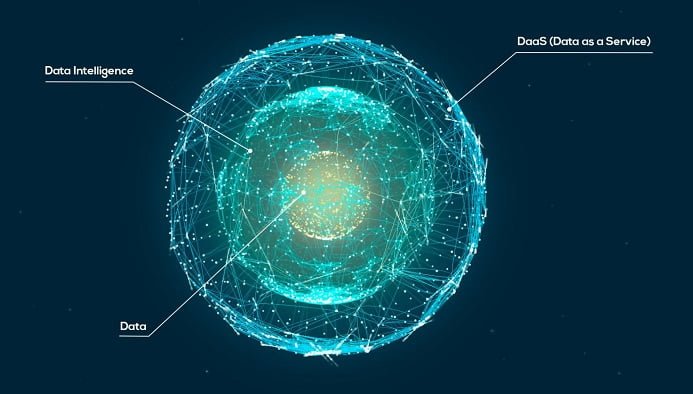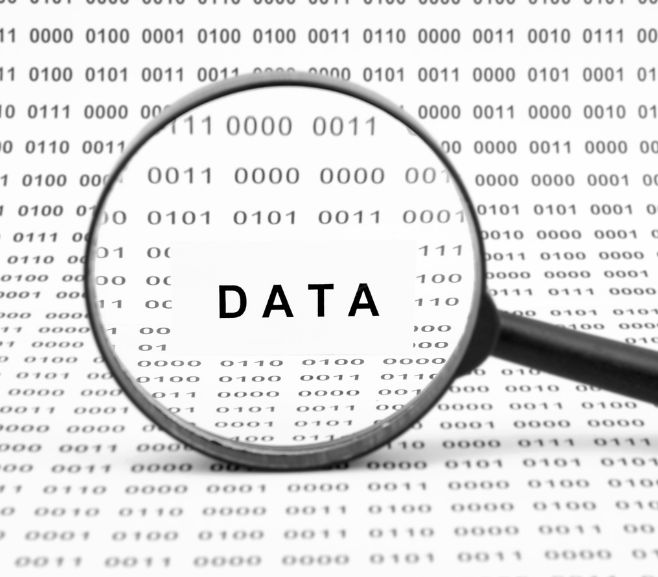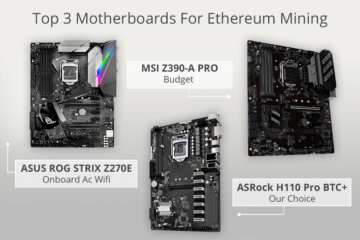According to a recent study from the Ponemon Institute, the rise of insider threats to data security have risen by 47% within only two years. Besides, these threats are causing organizations to spend more than
According to a recent study from the Ponemon Institute, the rise of insider threats to data security have risen by 47% within only two years. Besides, these threats are causing organizations to spend more than 31% on addressing data hacking incidents than they did in 2018. So what can organizations do today to become proactive against threats to their data? To answer that, we need to understand the rising risks to data that could happen this year and, in the months, to come.
In today’s world, data security is a people-centric problem. This is because people are at the heart of almost every data breach incident. This comprehensive and complex range of threats that your information is exposed to means it is crucial to create a people-centric security solution – one that comprehends how such problems take place and how to best avoid them or prevent them altogether.

If we were to look inside the research produced by the Ponemon Institute, they would reveal three kinds of threat profiles to data security. These include:
- Unintentional or irresponsible employees or staff who make errors and unintentionally cause data security accidents.
- Intentional and malicious individuals within the organization or affiliated with the company who intentionally inflict damage by leaking or stealing confidential information.
- Credential thieves or individuals who specifically target the login information of unsuspecting insiders to gain access to confidential data within the system.
Of the above three profiles, it was seen that credential thieves or individuals were the ones that inflicted the most significant damage on a data security incident. Their activities cost organizations an average of $870,000 per data breach – more than three times per data breach from an unintentional or irresponsible employee.
Also Read: Understanding Moz Spam Score And How To Improve Your Backlink Profile
However, research further revealed that while credential thieves caused the most damage in terms of money, a higher number of data breach incidents were seen from negligent insiders who accounted for over 62% of all events. Hence, on average negligent insider data threat incidents cost companies approximately $4.5 million per data breach episode. And while criminal insiders continue to dominate news headlines worldwide, their frequency was regarded as the lowest of the three profiles, at approximately 14% of such episodes. In addition, the cost of criminal insiders causing data breaches cost organizations roughly $750,000 per incident.
The need for proactive data threat management
Organizations today need to be more vigilant than ever about data security. Usually, data security often flies under the radar until it becomes too late. Most companies are of the opinion that they can effectively address threats within their company or outside through their existing security solutions that may only be externally focused. However, digital rights management, which is a proven and dedicated data security product, could be a better overall approach. Here we look into how DRM can be a critical component of data security management.
It can create a culture of data security awareness
If we were to consider the report from the Ponemon Institute, the vast majority of data breaches are accidental. This means, there is a need to prioritize data security awareness training among employees, associates, and affiliates of the company so they are updated on the latest requirements. Essentially, it is crucial to help employees understand how their activities can affect day-to-day work and overall data security if mistakes were to happen due to their negligence.
Gain deep insight into data threats
Most organizations only consider tracking the movement of data when dealing with insider threat issues. But this approach can be gravely mistaken. This is because it ignores the fact that employees can take data out of the system through various methods. By employing a blend of user and data activity, organizations can understand how data breach incidents take place. DRM can ensure that your classified or sensitive documents do not fall into the wrong hands by giving you complete control over who can them and how they can be used. For instance, you can set restrictions on the document that govern what a permitted user can do with the content – whether they can print it, modify it, or share it with others. You can also have documents automatically expire after a certain time frame and instantly revoke access when required. DRM can also restrict use to authorized locations (say the office) and authorized devices (say the company laptop).
Conclusion
While there are numerous solutions and data security tools in the market that claim to safeguard documents and data, only DRM has the ability to provide full control over document access and use.
As a proactive data security tool, DRM fundamentally prevents people from acting out a data breach rather than dealing with the situation after the breach has taken place. Like any other type of data, confidential and sensitive documents are vulnerable to being wrongly accessed, shared, and inappropriately used, and therefore are hard to safeguard. Data security breaches have become a reality now as the number of data breaches continues to rise, and the threat model has changed, making data breaches more frequent than ever. It is therefore imperative to ensure that you secure your documents by setting up a robust data security policy and taking all the steps to protect your most valuable, sensitive, and confidential information. DRM can be your ideal data security system to secure documents and safeguard their integrity while providing a data leak-resistant solution.




